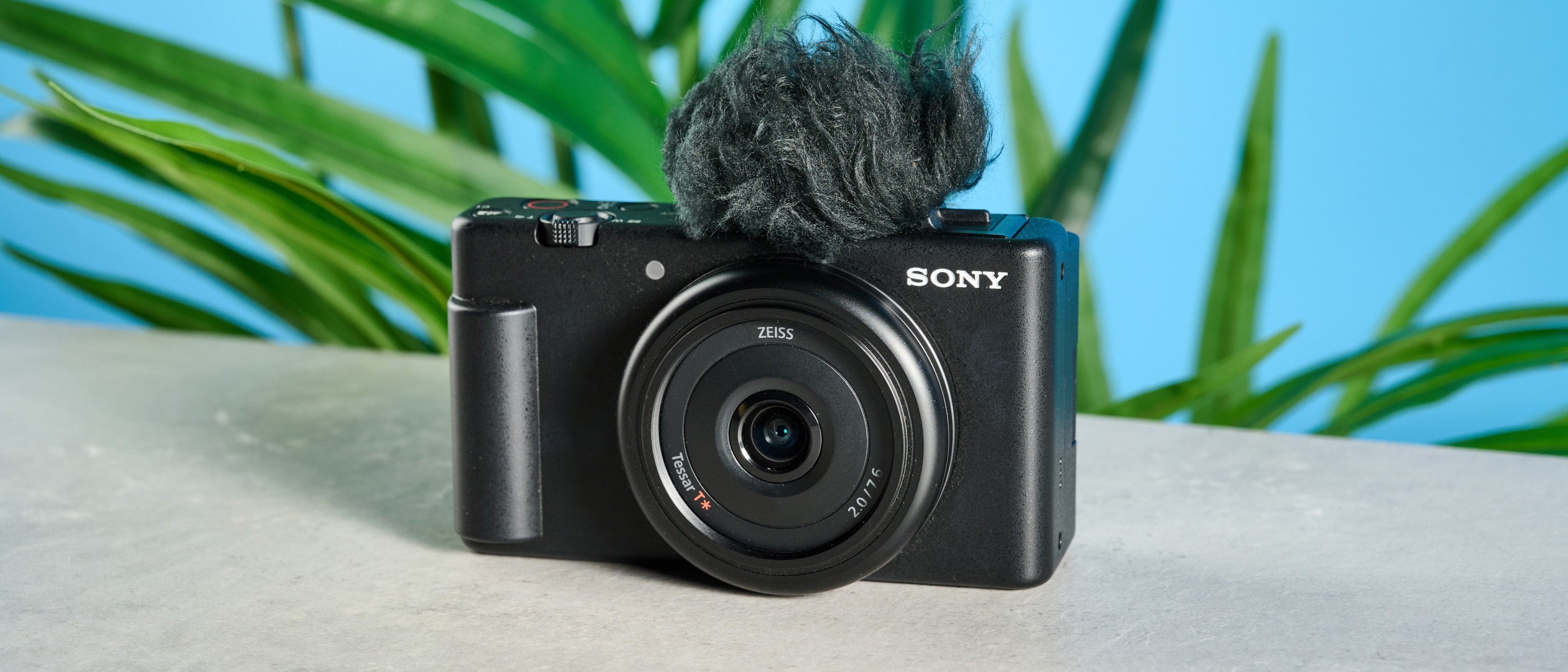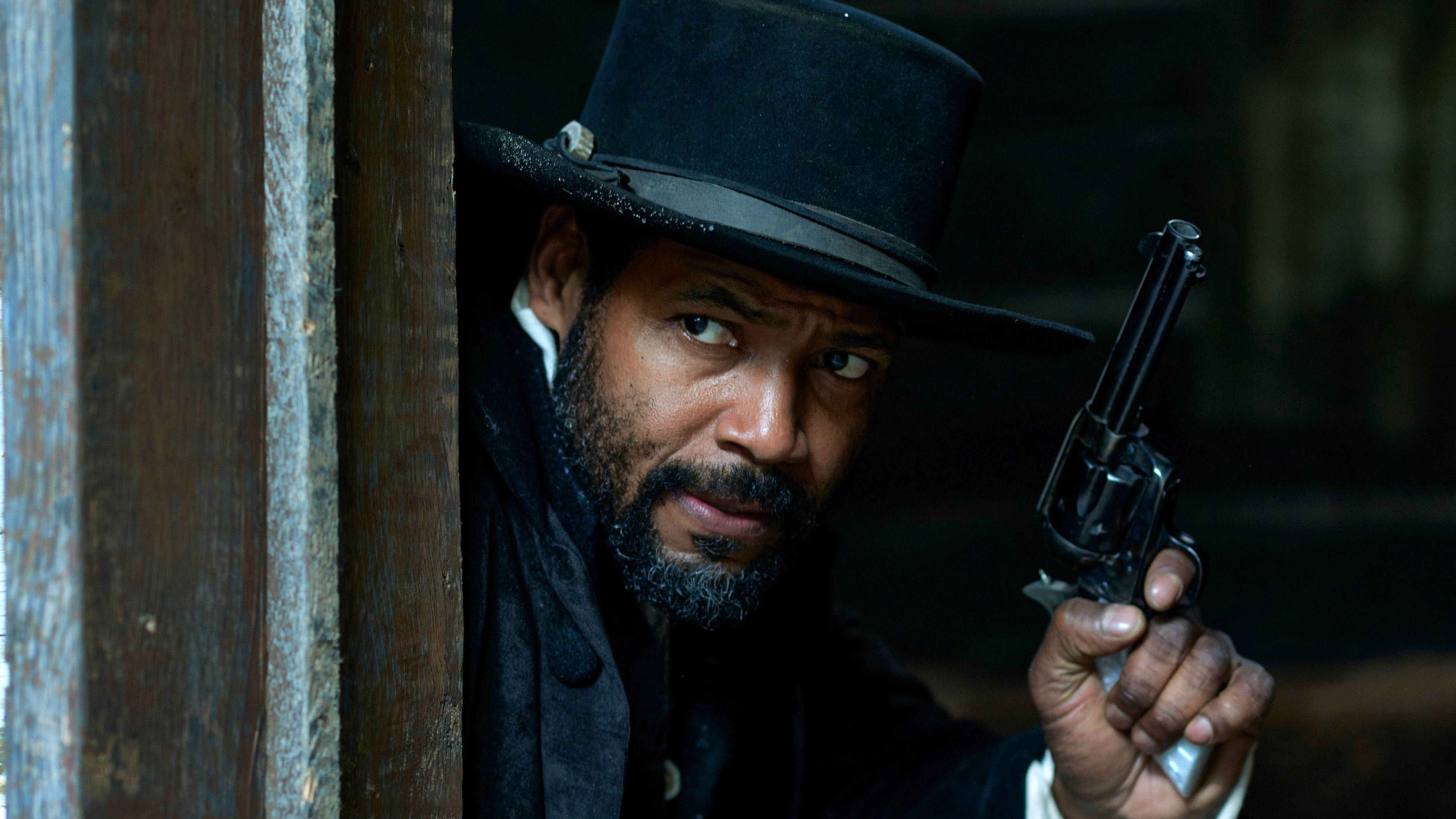Tom's Guide Verdict
Stepping up from a smartphone? The Sony ZV-1F is a great vlogging camera that’s portable and doesn’t break the bank. It shoots lovely 4K/30P footage, can shoot in S-Log 3 to capture a wider dynamic range, and comes with handy vlogging features. Stills taken are good too as is the built-in mic. However, battery life is underwhelming.
Pros
- +
Very compact and portable
- +
Extremely easy to use
- +
Lovely video quality
- +
Product Showcase works very well
- +
Great built-in mic
Cons
- -
No in-body image stabilization
- -
Underwhelming battery life
Why you can trust Tom's Guide
If you’re looking to step up from smartphone photography and videography, you should add the Sony ZV-1F to your cart. Packed with features that simplify vlogging, this is one of the best cameras for beginners as it doesn’t break the bank. It’s capable of shooting 4K/30P footage and 1080/120fps slow-mo video, and is equipped with a fast autofocus system that can track birds, animals and humans.
For more creativity, you have 10 Creative Looks (filters) and S-Log 3 video recording at your disposal, plus features like Product Showcase and Background Defocus for quick, professional-looking content creation that doesn’t demand technical expertise. All of this is packed into a compact and highly portable body. However, it’s worth noting that the battery life is underwhelming.
For all the details, read my full Sony ZV-1F review.
Sony ZV-1F review: Cheat sheet
- What is it? Sony’s cheapest, beginner-friendly digital vlogging camera
- Who is it for? For amateur vloggers and content creators
- How much does it cost? $499 at Amazon U.S. / £549 at Amazon U.K.
- What do we like? The compact and portable body, ease of use, great built-in mic, features like Product Showcase, and lovely 4K/30P video
- What don’t we like? There’s no IBIS, and battery life is underwhelming
Sony ZV-1F review: Specs
| Specs | Sony ZV-1F |
|---|---|
| Sensor | 20.1MP Exmor RS CMOS |
| Processor | BIONZ X |
| Stabilization | Electronic |
| AF system | Contrast-detection AF |
| Viewfinder | No |
| Display | 3-inch Color TFT touchscreen, approx. 921K million dots |
| ISO range | 80-12,800 |
| Max video resolution | 4K at 30P |
| Ports | USB-C, Micro HDMI, 3.5mm external mic, 1x SDXC UHS-II |
| Wireless/bluetooth | Wi-Fi, Bluetooth |
| Max shooting speed | 16fps electronic |
| Max shutter speed | 1/4 to 1/32,000s (stills) | 1/4 to 1/12,800s (movies) |
| Battery life (CIPA) | 540 shots; 60 minutes |
| Size | 4.15 x 2.36 x 1.82 inches |
| Weight | 8 ounces (body only) |
Sony ZV-1F review: Price & availability
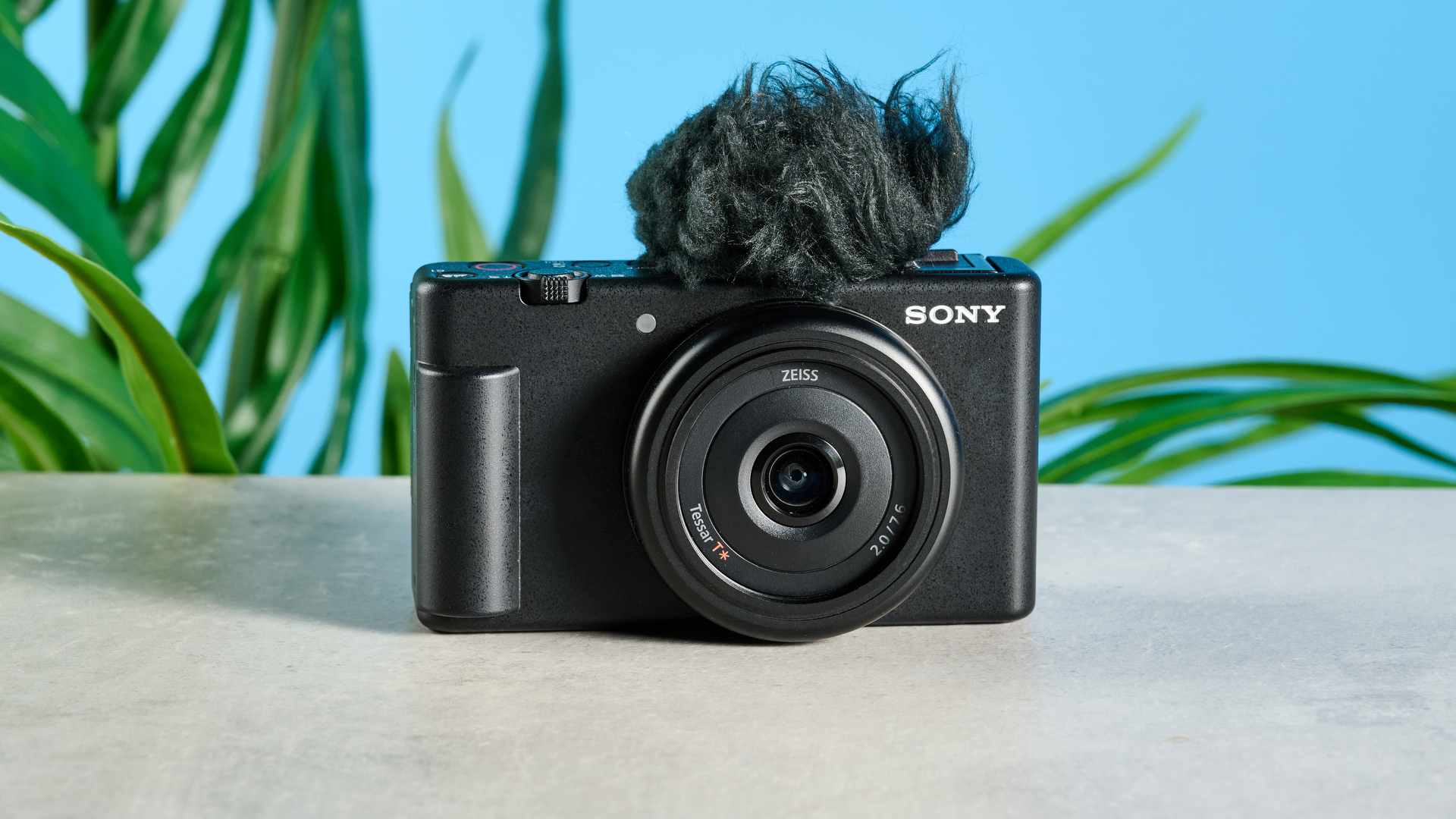
The Sony ZV-1F is available for $499 at Amazon U.S. / £549 at Amazon U.K. and it’s the cheapest camera in Sony’s vlogging lineup, followed by the Sony ZV-1 II ($799) and the Sony ZV-E10 II ($999). We’ve also seen the ZV-1F drop to as low as $348 at Amazon U.S. It’s available in one of two colors: black or white.
Given the ZV-1F’s price, it finds itself competing against the likes of the Canon PowerShot V10 ($429). If you want a camera with an interchangeable lens, consider the Canon EOS R50 ($679) instead — a top choice for content creation, if you can stretch the budget further.
Sony ZV-1F review: Design
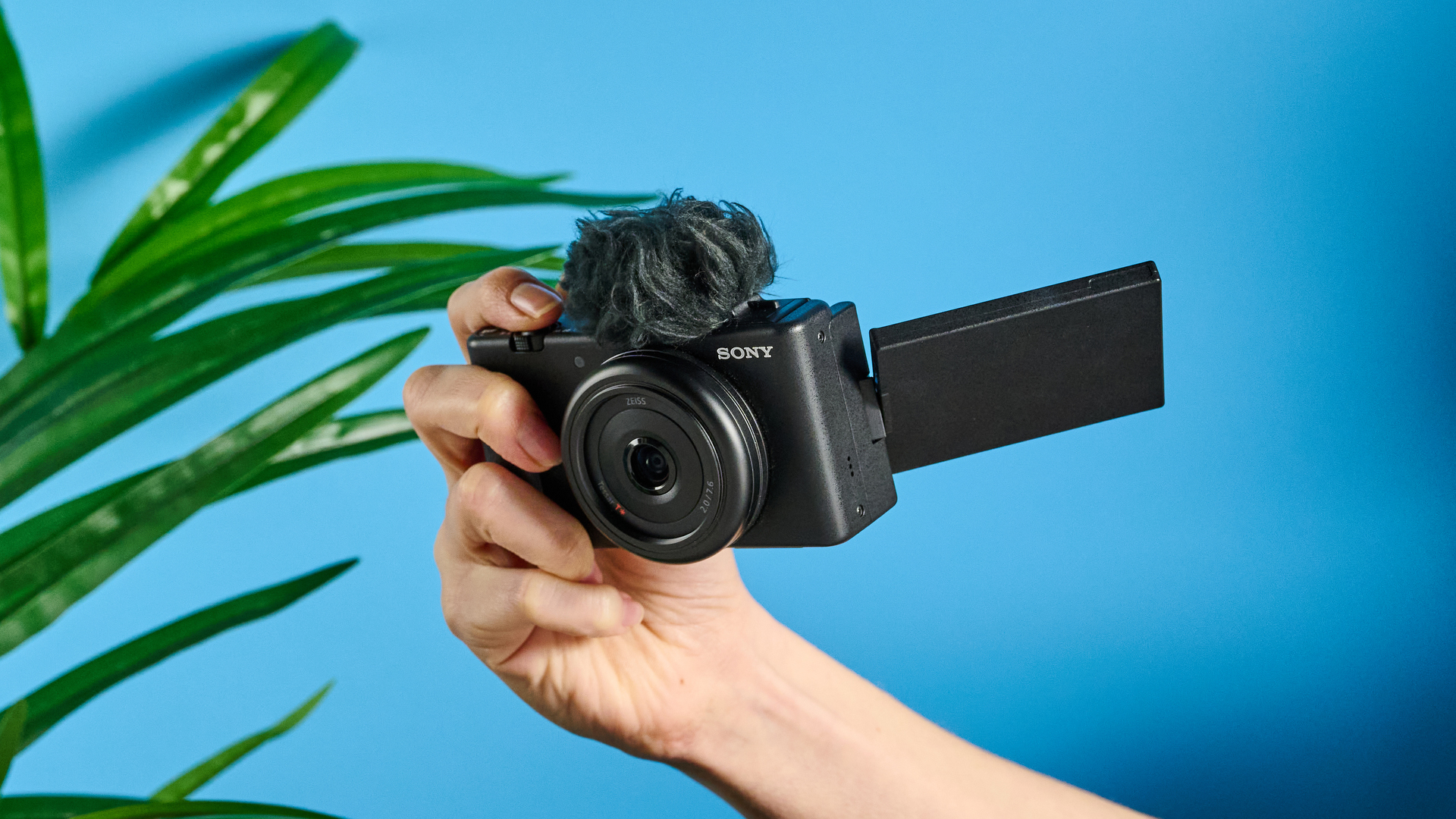
The Sony ZV-1F is a simple-looking, easy to use camera. It looks similar to the Sony ZV-E10 II, and is similar in weight and size too. The ZV-1F measures just 4.15 x 2.36 x 1.82 inches and weighs 0.5lbs (body only) so it’s easy to hold with just one hand and comfortably fits into a coat pocket or backpack. I have medium-sized hands and felt comfortable holding the camera for a couple of hours but if you plan on shooting for longer, I’d recommend buying an additional shooting grip which ensures more stability too — the Sony GP-VPT2BT ($170) is a pricey choice, although a small tripod like one of the best iPhone tripods would also work, saving you money.
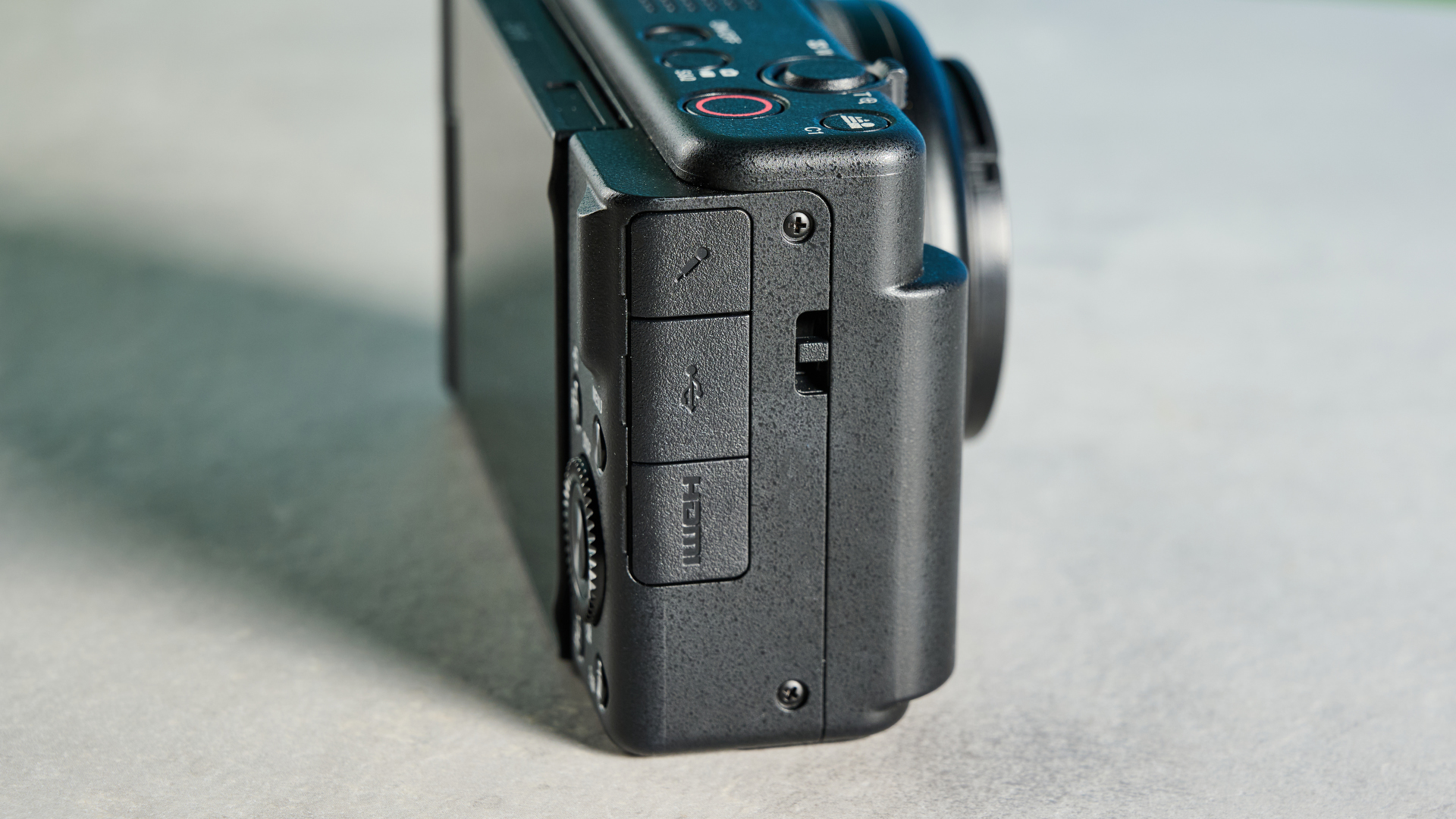
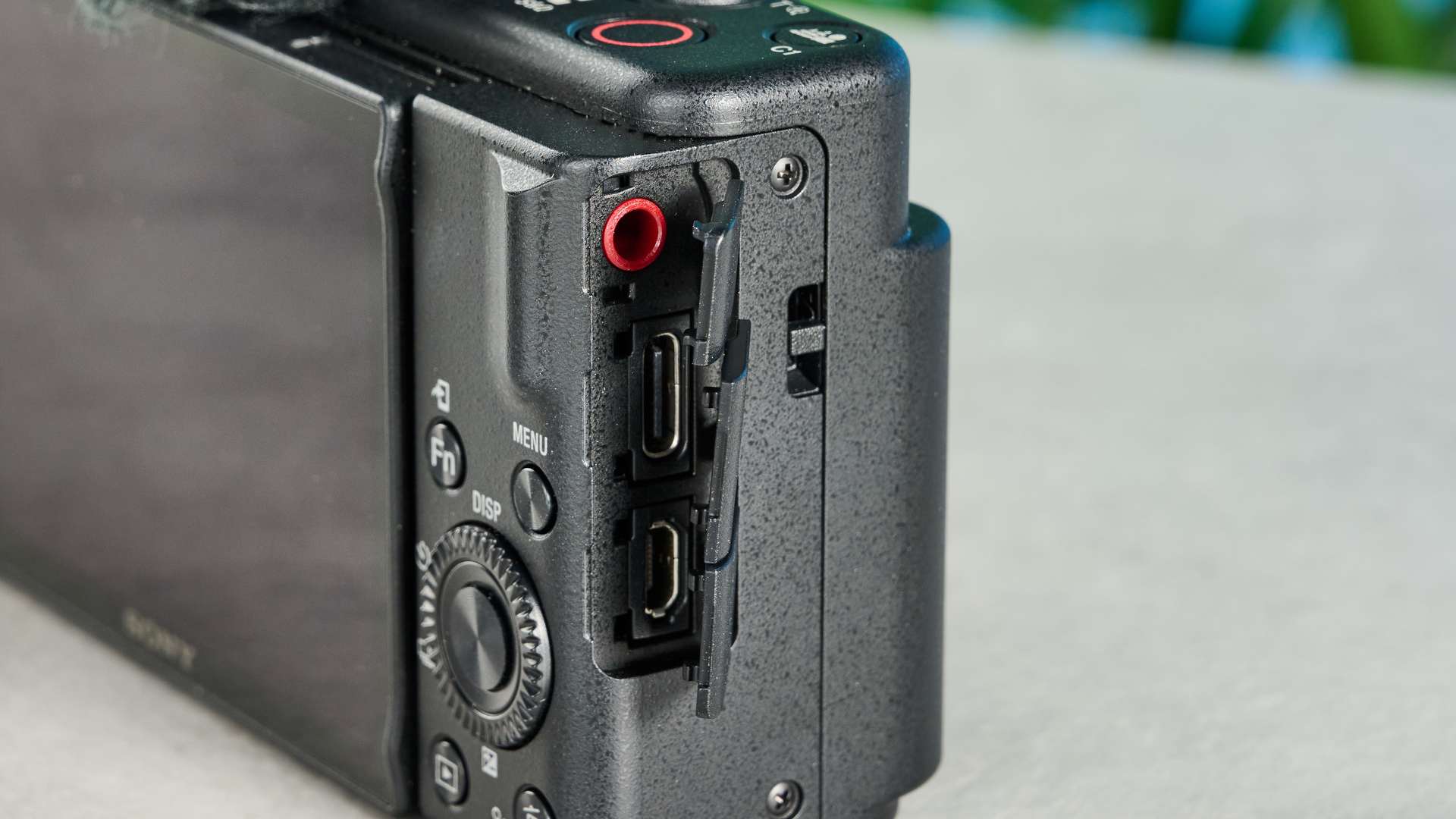
On the bottom of the ZV-1F, you’ll find the tripod thread, and battery and SD card compartment, and the camera is compatible with Class 10 SDHC/SDXC cards (U1 or faster). The right-hand side houses the USB-C, Micro HDMI and 3.5mm external mic ports.
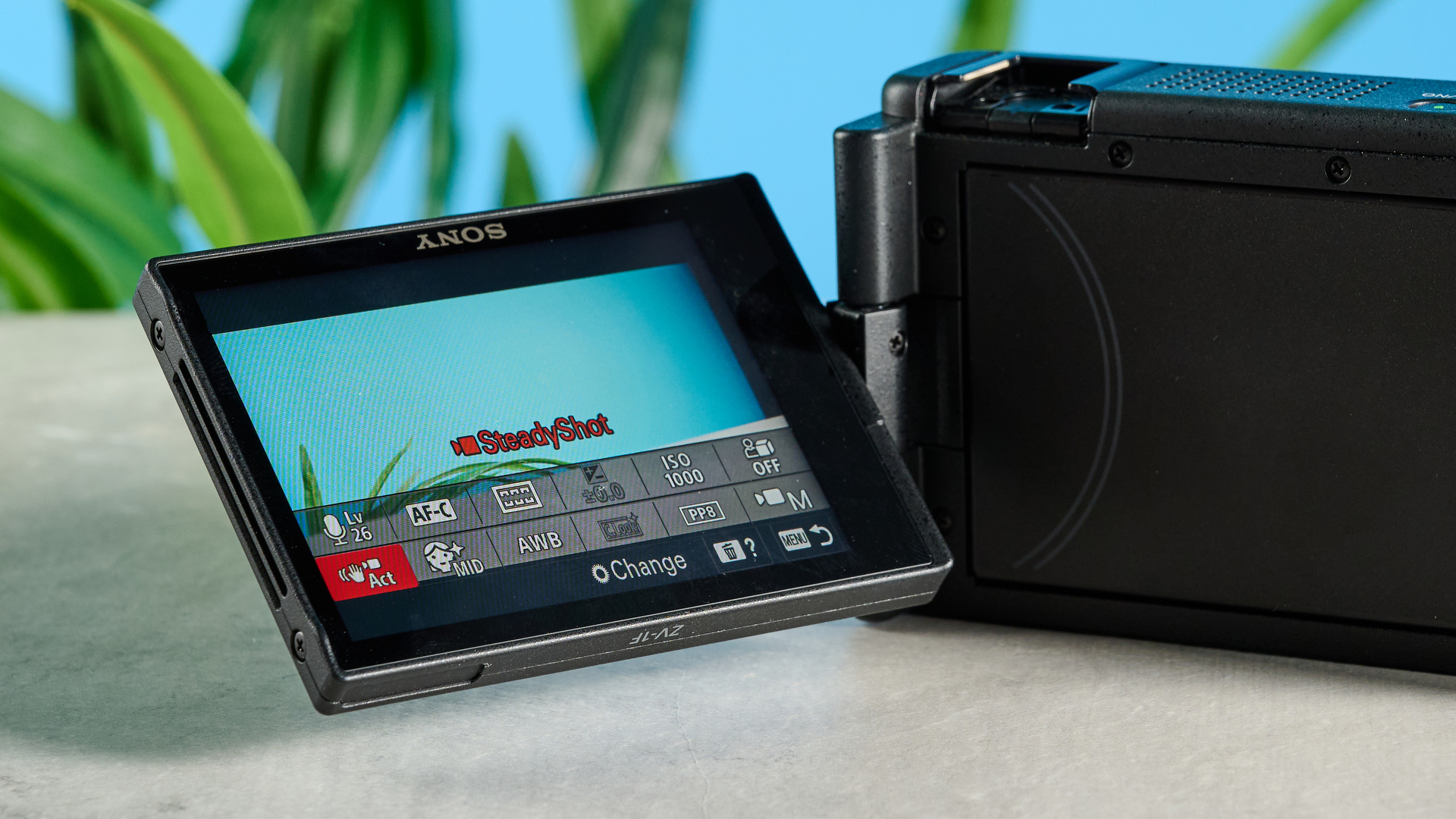
A 3-inch flip-out articulating color TFT touchscreen is located on the back, with a 921K-million-dot display. This is a low resolution compared to other cameras. The ZV-E10 II has a 1.037-million-dot display, while the Canon EOS R50 utilizes 1.62 million dots — but these cameras are pricier too. However, the ZV-1F’s screen resolution blows the Canon PowerShot V10’s out of the water as the latter clocks in at just 460K. There’s no viewfinder, which photographers may find frustrating, but this is a video-first camera, and the monitor performs well enough in most lighting conditions.
I found the ZV-1F’s versatile tilting positions very handy for shooting stills and video at low angles. The touchscreen is also highly responsive which means you can quickly change settings on the fly. Like the ZV-E10 II, the UI feels cluttered when you first start using the camera but dive deeper into the settings and you’ll be able to personalize it according to your preferences. It also shows a grid line to help you determine if your horizons are level, and it rotates depending on whether you’re shooting horizontally or vertically. It’s bright so I found it extremely handy especially when shooting at awkward angles.
Be mindful of where you’re shooting, though. The ZV-1F isn’t weather-sealed which means it’s susceptible to damage from rain, snow and other adverse conditions — but this camera is cheap and this is a feature found in pricier ones. If you want a weather-sealed camera, the Nikon Z 30 ($709) would be more suitable.
Sony ZV-1F review: Controls
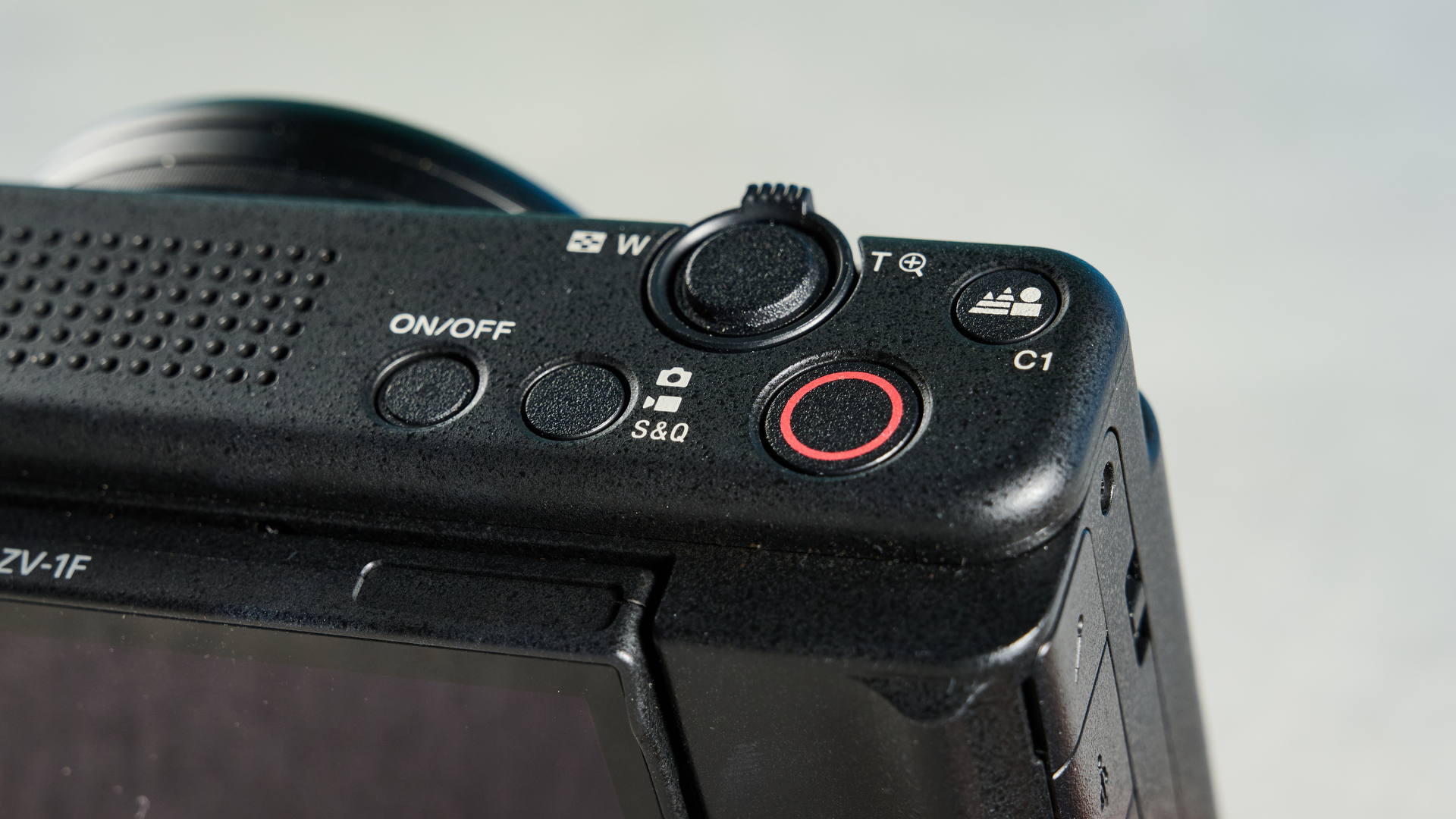
The Sony ZV-1F is perfect for amateur vloggers and those stepping up from smartphone photography because of its straightforward and intuitive control scheme. All controls are on the right-hand side of the camera, meaning you can control the camera with one hand and keep your left hand free. The top plate houses the shutter release and power buttons, the zoom rocker, as well as a red record button, Background Defocus button, and the mode swap button to quickly swap between stills, video and slow and quick motion video. The Background Defocus button is akin to a dedicated bokeh button. It basically blurs the background by opening the lens to its widest aperture, and works well to get instant out of focus backgrounds.
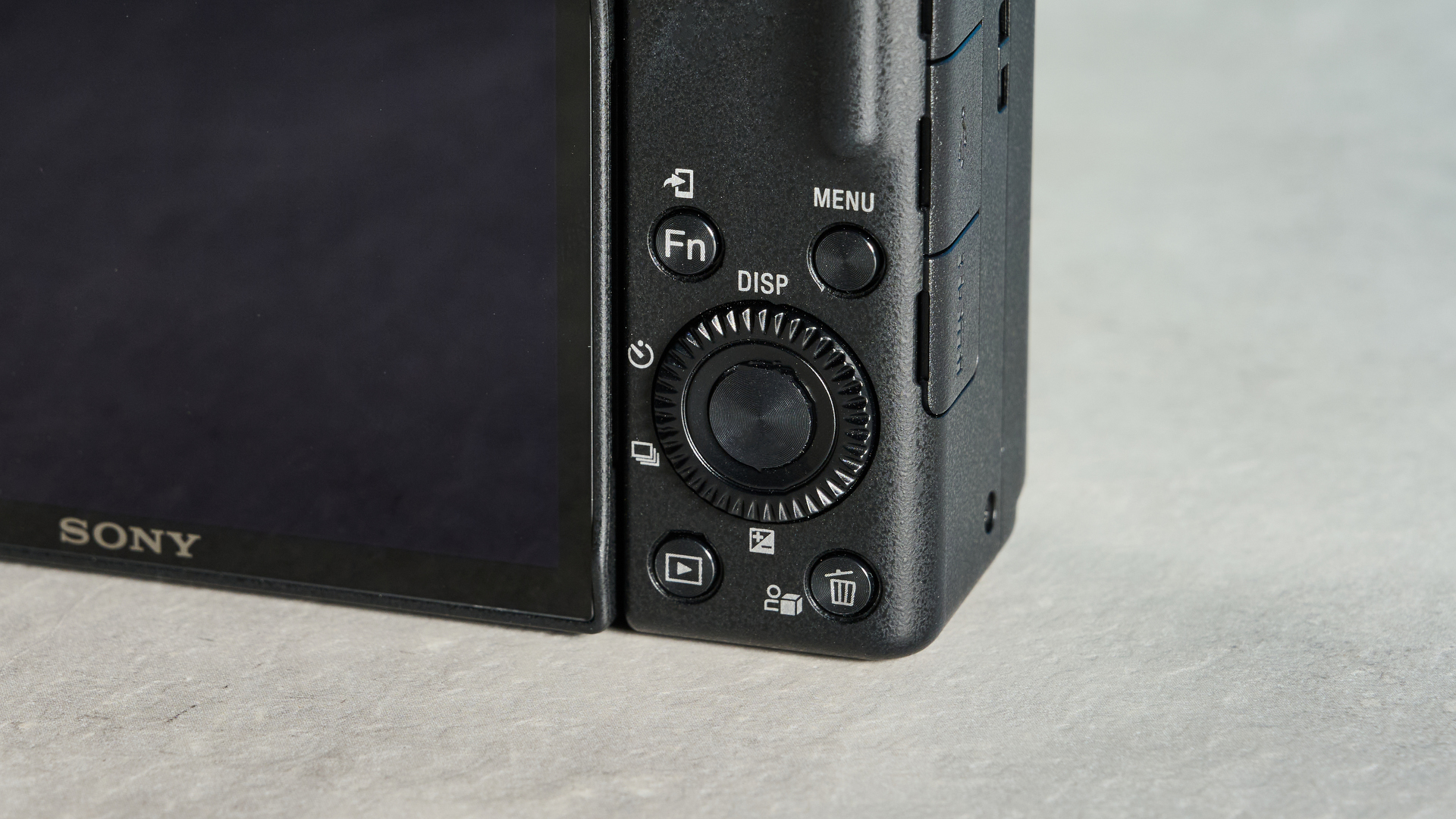
The back of the camera is taken up by the 3-inch TFT touchscreen and next to it is a navigation dial, playback, Fn and menu buttons, and a delete button that doubles as the Product Showcase button. The last is great for content creators who do product unboxing videos, as pressing this button shifts focus to the object closest to the lens. For non-camera-savvy content creators, it makes it easy to create stylized footage. You’ll find similar modes on the Fujifilm X-S20, although at $1,299, that’s a much pricier camera befitting intermediate creators. It’s great to see these features on a beginner camera like the ZV-1F, where they will be of most use.
Sony ZV-1F review: Autofocus performance
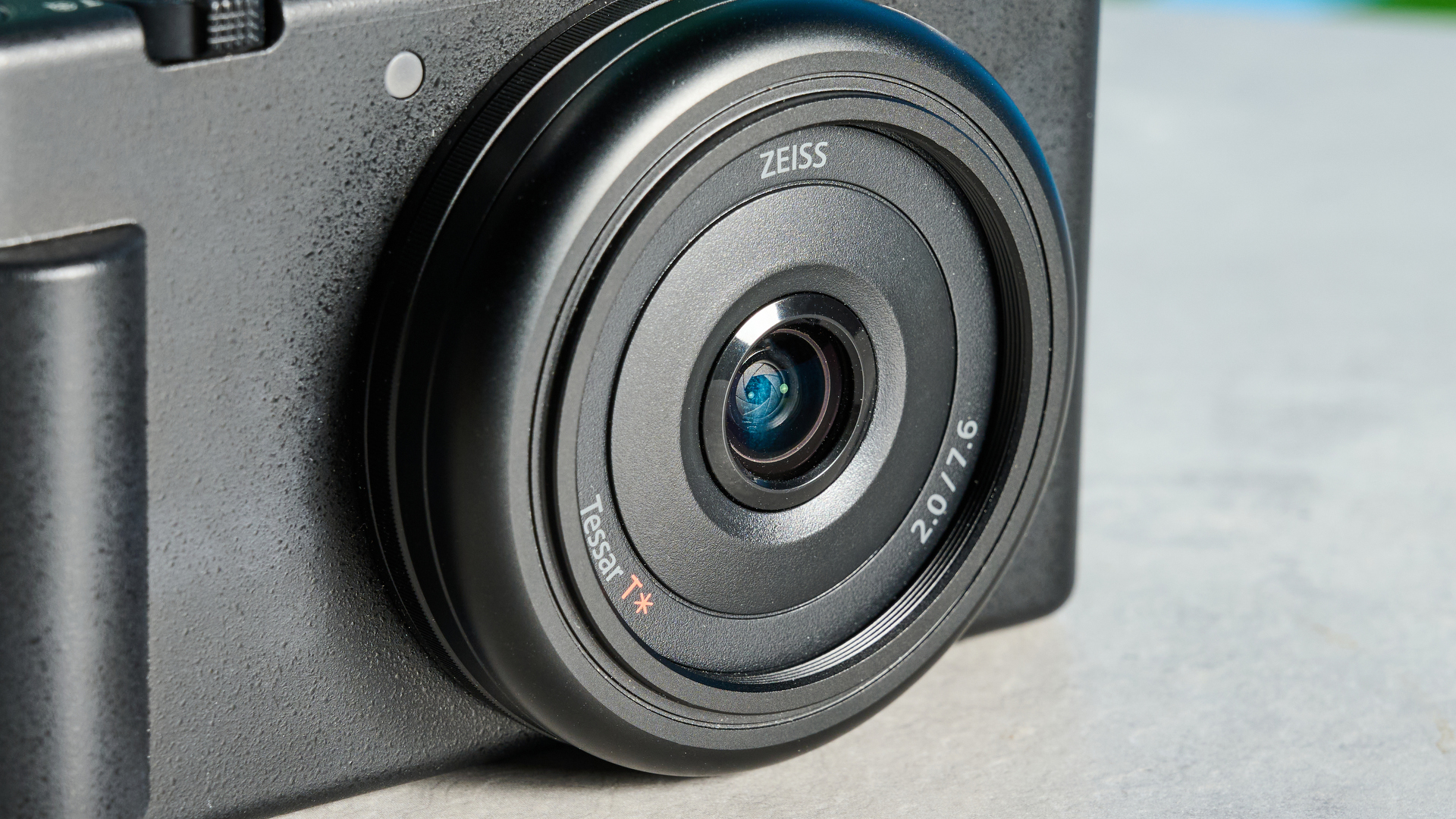
The Sony ZV-1F uses contrast-detection AF to focus on animals, birds and humans. It uses 425 points, which is fewer than the Sony ZV-E10 II’s 759 points and the Canon EOS R50’s 4,503 points, but more than the Nikon Z 30’s 209 points. Despite this, the ZV-1F’s autofocus system works really well and I could fully rely on it in all scenarios during testing.

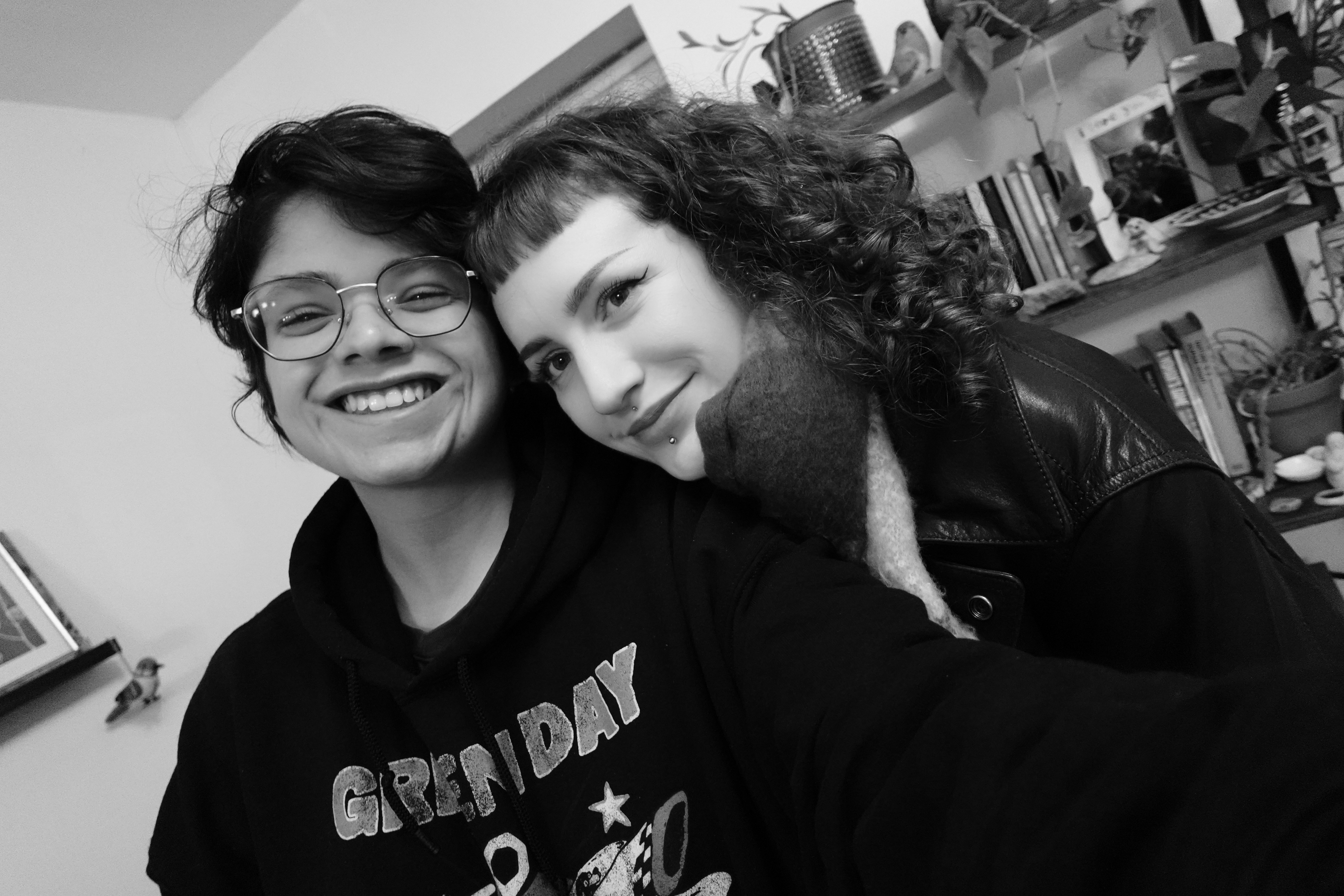

You can see the results above. It quickly locked on to my partner’s face and worked very well in our selfie together too. The camera features subject detection so it can recognize faces and track eyes, and it did this well in the third photo of the seagull.
Sony ZV-1F review: Video performance
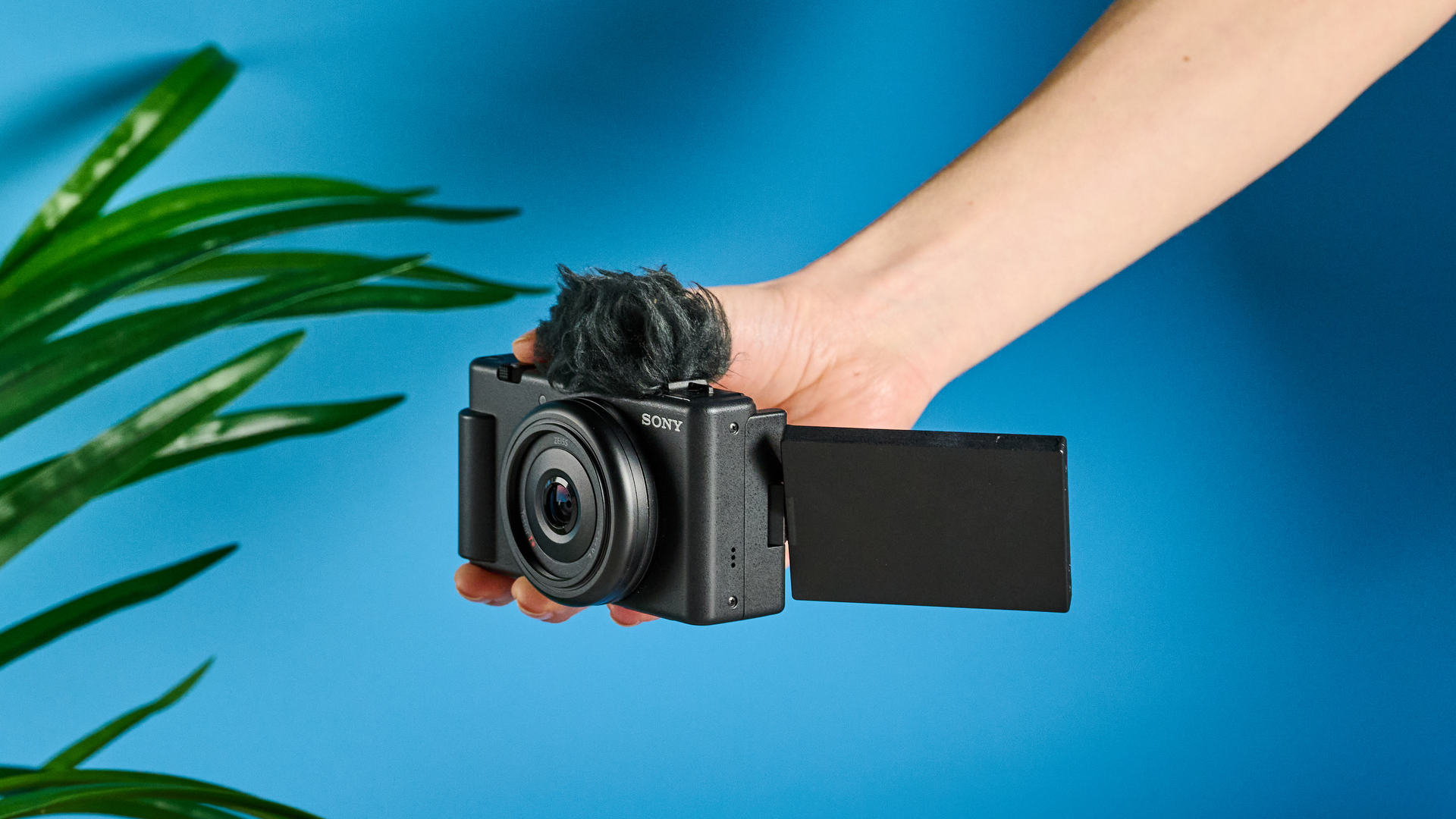
The Sony ZV-1F is a fun little camera to vlog with, capable of recording 4K/30P video. Color is limited to just 8-bit which means you can capture 16.7 million individual hues — this is far fewer than 10-bit color which captures 1.07 billion hues, but you’ll have to spend more money on the likes of the ZV-E10 II to get that.
Still, color reproduction is faithful and 4K video quality is great, as you can see in the sample footage above.
A feature I loved when testing the ZV-E10 II was Product Showcase, and I enjoyed testing it on the ZV-1F just as much. Basically, the ZV-1F automatically focuses on the subject close to the camera and blurs the background. This is a great tool for product reviews as it allows you to put the object of your choice front and centre. In the video above, you can see the camera working its magic on the Funko Pop bobblehead and coffee mug. As I mentioned earlier, it’s great to see this feature on a beginner camera as it makes professional-looking content easy for those without technical know-how, and that’s the target audience of this camera. You can also find these features on the pricier Sony ZV-E10 II, Fujifilm X-S20 and the Sony a6700 ($1,400).
The ZV-1F doesn’t feature in-body image stabilization (IBIS) like some of Sony’s other advanced cameras (the Sony A1 II, for instance), so you have to rely on the camera’s Active SteadyShot. Remember, this incurs a 1.1x crop which limits the angle of view. This is basically electronic image stabilization where the camera records the whole frame and then crops the recorded frames and lines them up with the extra space provided outside the recorded frame by the crop. In the footage above, the first clip was shot with SteadyShot disabled and the second with it enabled. The second clip is smoother and more stable — even with my shaky hands — but it’s cropped which might not be everyone’s cup of tea.
If you want IBIS, you’ll have to extend your budget on the likes of the Sony a6700 and the Fujifilm X-S20 ($1,299). If you want the ultimate stabilization from your vlogging camera, the DJI Osmo Pocket 3 ($519) features a gimbal which keeps footage ultra stable. Despite being wildly different in form, these two cameras have the same sized (1-inch) sensors, so they should perform comparably in low light. The ZV-1F has a larger and better lens, though, which will result in a more pleasing look and feel to your footage.
As I mentioned in the controls section above, the ZV-1F has a slow and quick motion (S&Q) mode which captures 1080P footage at 5x slow motion by using 120fps, and you can see a sample clip above. The ZV-1F not lose focus on the subjects, and the resulting video is smooth and stable.
The ZV-1F lets you shoot in S-Log 3 as well, to capture a wider dynamic range by capturing more information in both the shadows and highlights of an image. It gives you more freedom for color grading in post-production. Above, you can see what the unedited S-Log 3 footage looks like. I recommend amateur vloggers to take their time and experiment with color grading Log footage in the best video editing software like Adobe Premiere Pro or DaVinci Resolve.
This is a vlogging camera so of course I had to make a mini vlog of my own on my way to work, which you can watch above. I recorded a few clips, stitched them together, and then recorded a short audio clip (indoors) and overlaid it in iMovie. The camera is fitted with a directional three-way capsule mic on the top plate. In the clip above, my voice sounds crisp and clear and this is respectable performance from a built-in mic. It’s worth investing in one of the best microphones if you’re a serious vlogger. The DJI Mic Mini (starts at $59) is perfect for those on a budget, while the DJI Mic 2 (starts at $99) or Rode Wireless Pro ($399) are best for serious content creation.
Sony ZV-1F review: Image quality


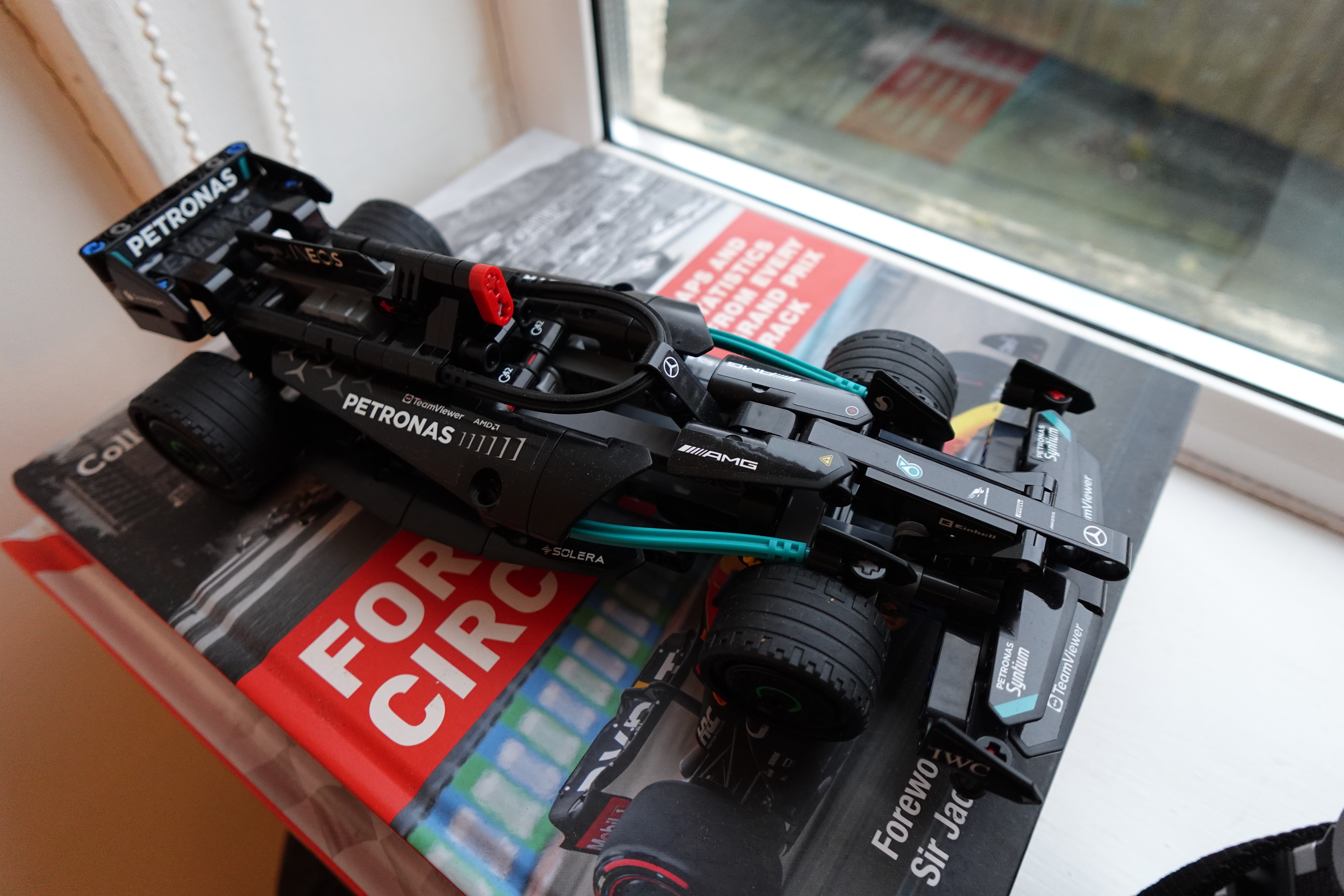
This is a video-first camera, so I wasn’t expecting wonders from the Sony ZV-1F’s stills. It’s equipped with a 20.1MP Exmor RS CMOS sensor, a higher resolution than the Canon PowerShot V10’s 15.2MP CMOS sensor. In terms of shooting rates, the ZV-1F has a 16fps electronic shutter and there’s no mechanical shutter. 16fps isn’t the fastest but the ZV-1F isn’t intended to be used for action-packed sports or wildlife photography, so it should suffice most people’s shooting needs.
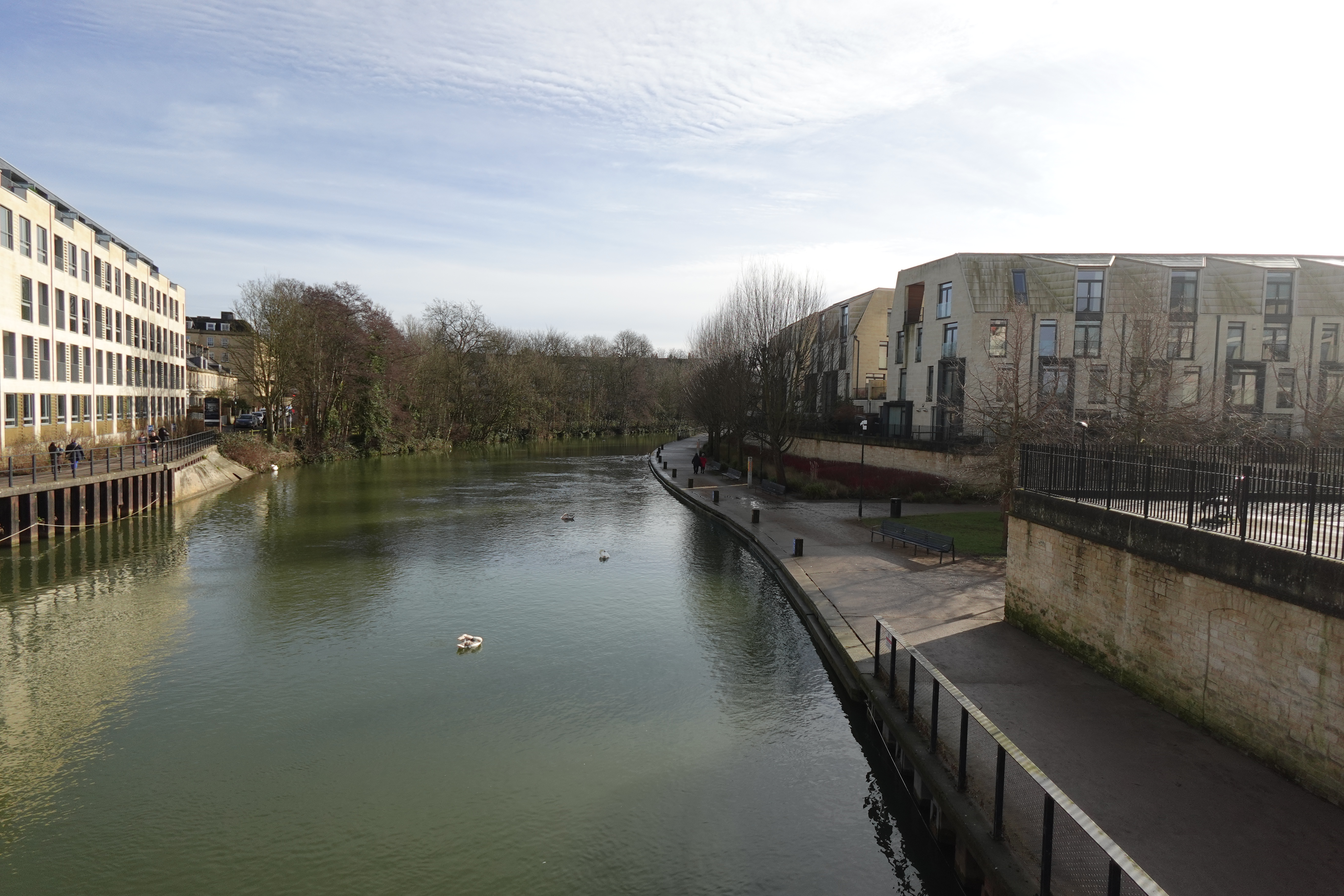
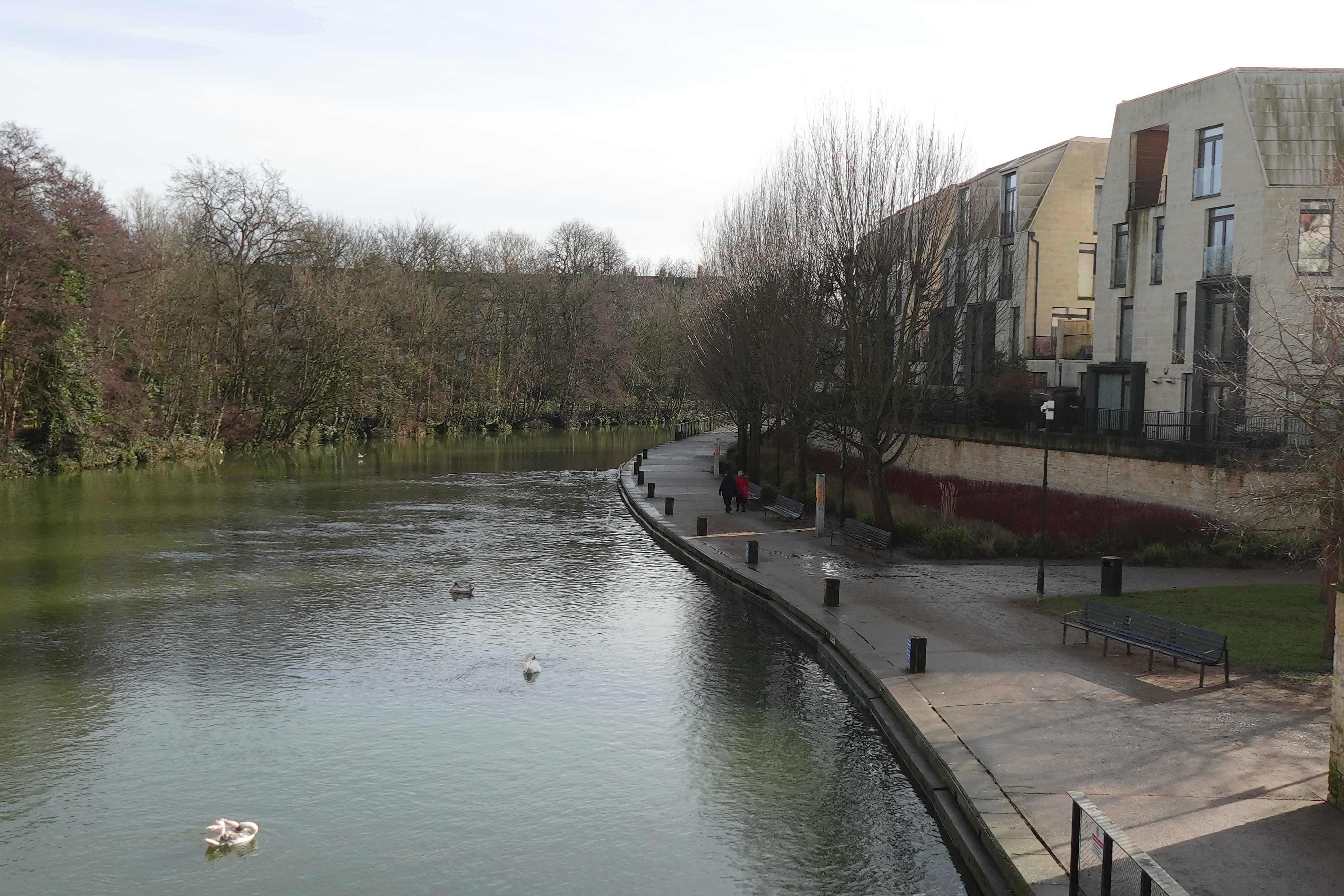
It’s important to note that the ZV-1F features a fixed ultra-wide 20mm lens which can’t be changed, and you can only zoom in 2x when shooting stills and 1.5x when recording video — making it difficult to get up close with the action. The first photo above was shot without zooming in and the second with the 2x zoom. There is some loss of fine detail in the second shot but the photo is still usable.



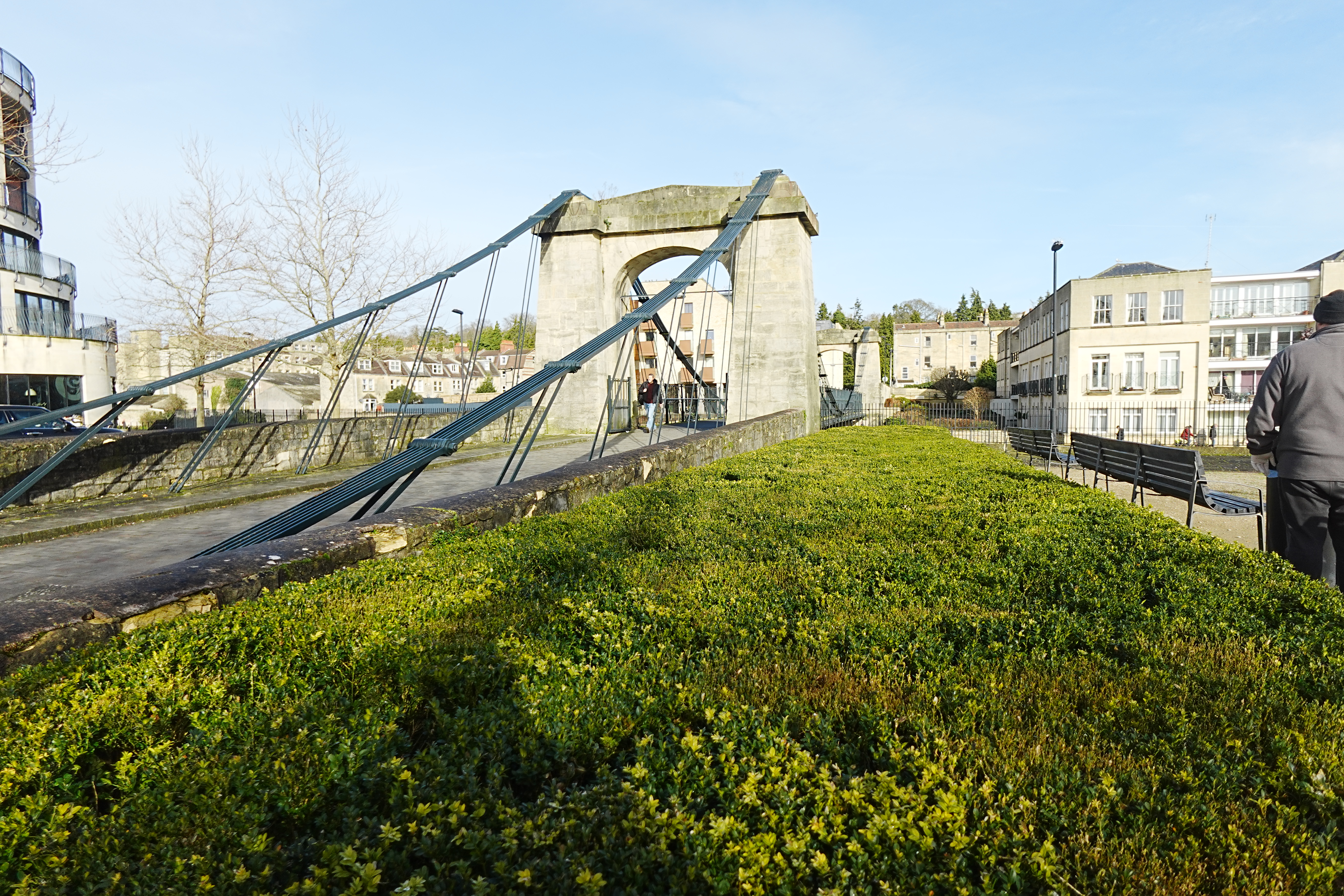






Like with other Sony cameras, you get 10 Creative Looks to experiment with, such as film, vivid, sepia, and more. All of these work really well and are great if you want to quickly upload to social media without needing to edit them in Adobe Lightroom. Above, you can see the same scene shot in each filter.



There’s no dedicated macro shooting mode but the ZV-1F still takes good photos up-close, and you can see so in the images above. I love that you can see the little dew drops on the leaves in the third photo.
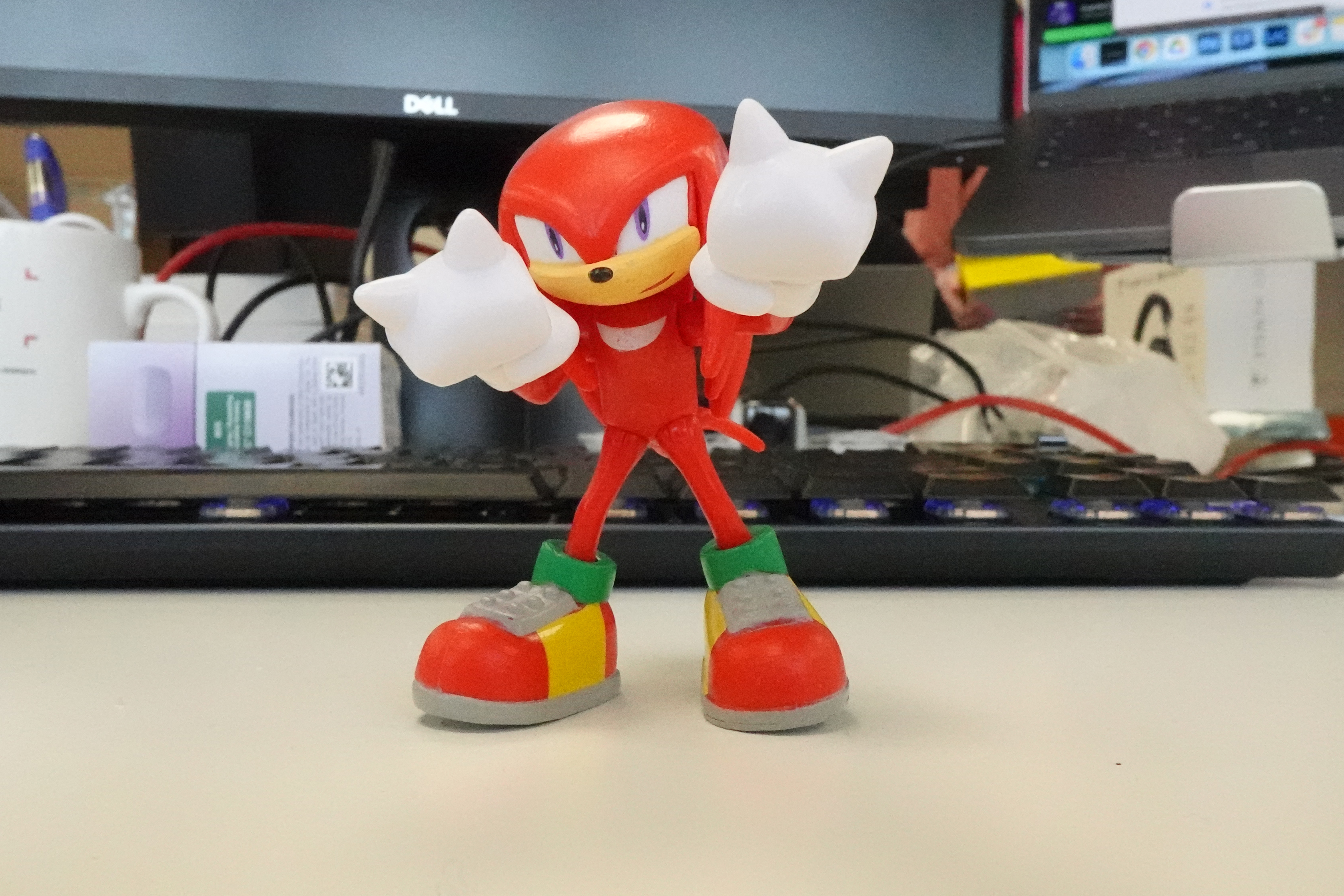
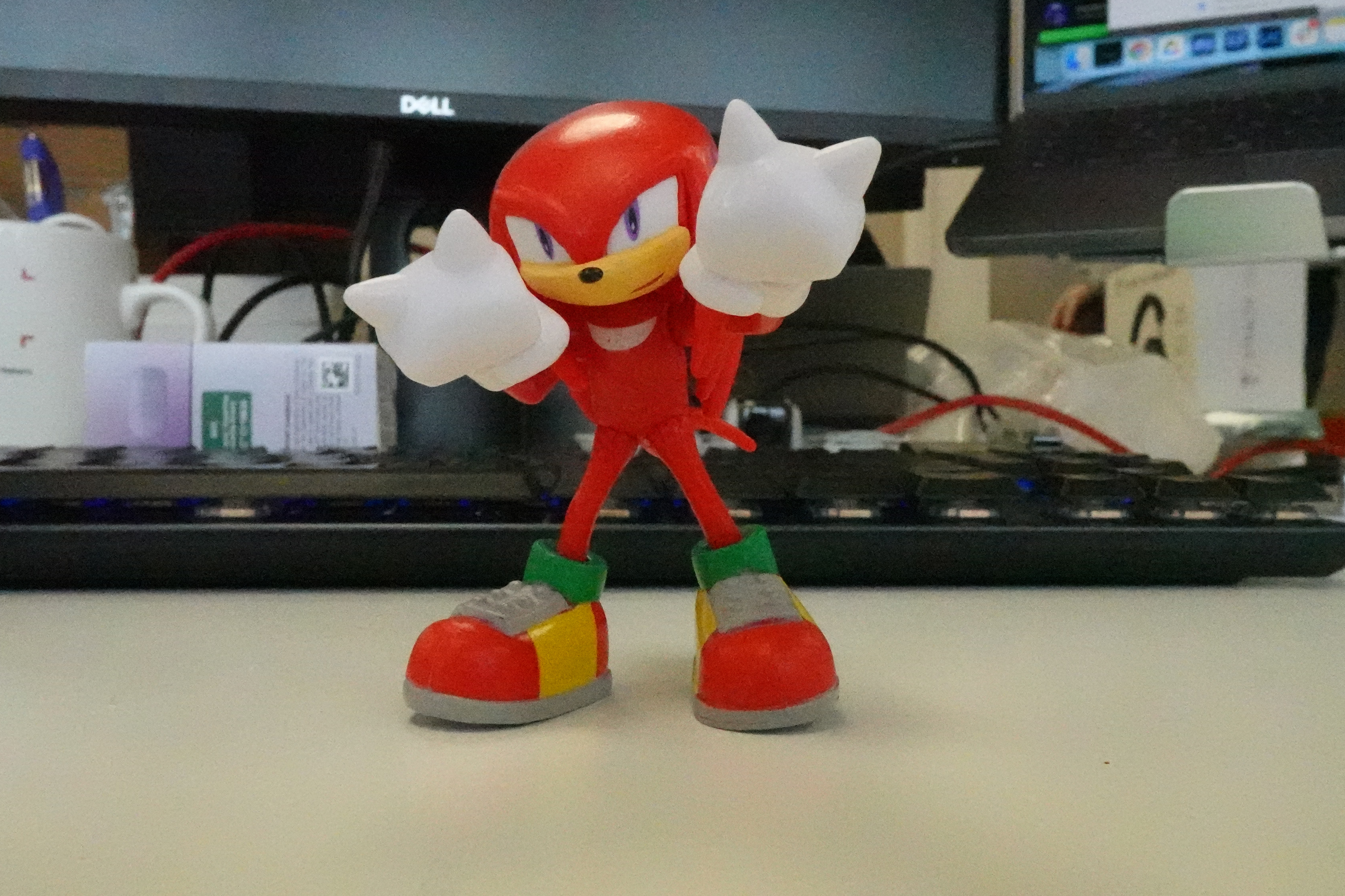
The ZV-1F has an ISO range of 80-12,800. When I test a camera’s ISO, I compare RAW files with straight-out-of-camera (SOOC) JPEGs to determine how well the camera’s noise reduction works. The ZV-1F can’t shoot RAW files, though, so I’ll compare the two SOOC JPEGs above — the first was taken at ISO 6,400 and the second at ISO 12,800. Both images are noisy but the first is less so. I’m pushing the limits with the latter — you can see a lot of noise on Knuckles’ head and there is a loss of fine detail too. It’s basically unusable, and this ISO value should only be used as a last resort.

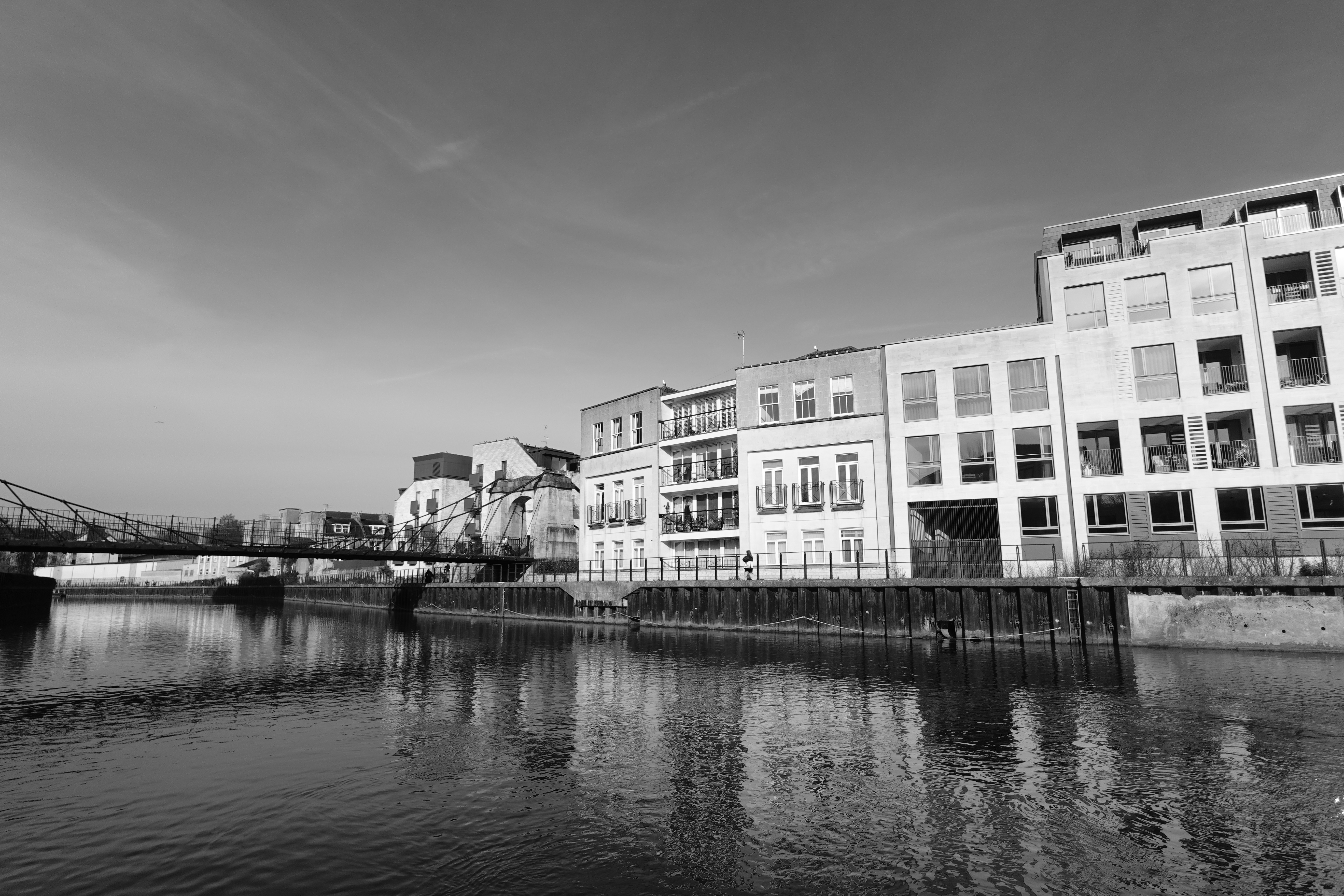

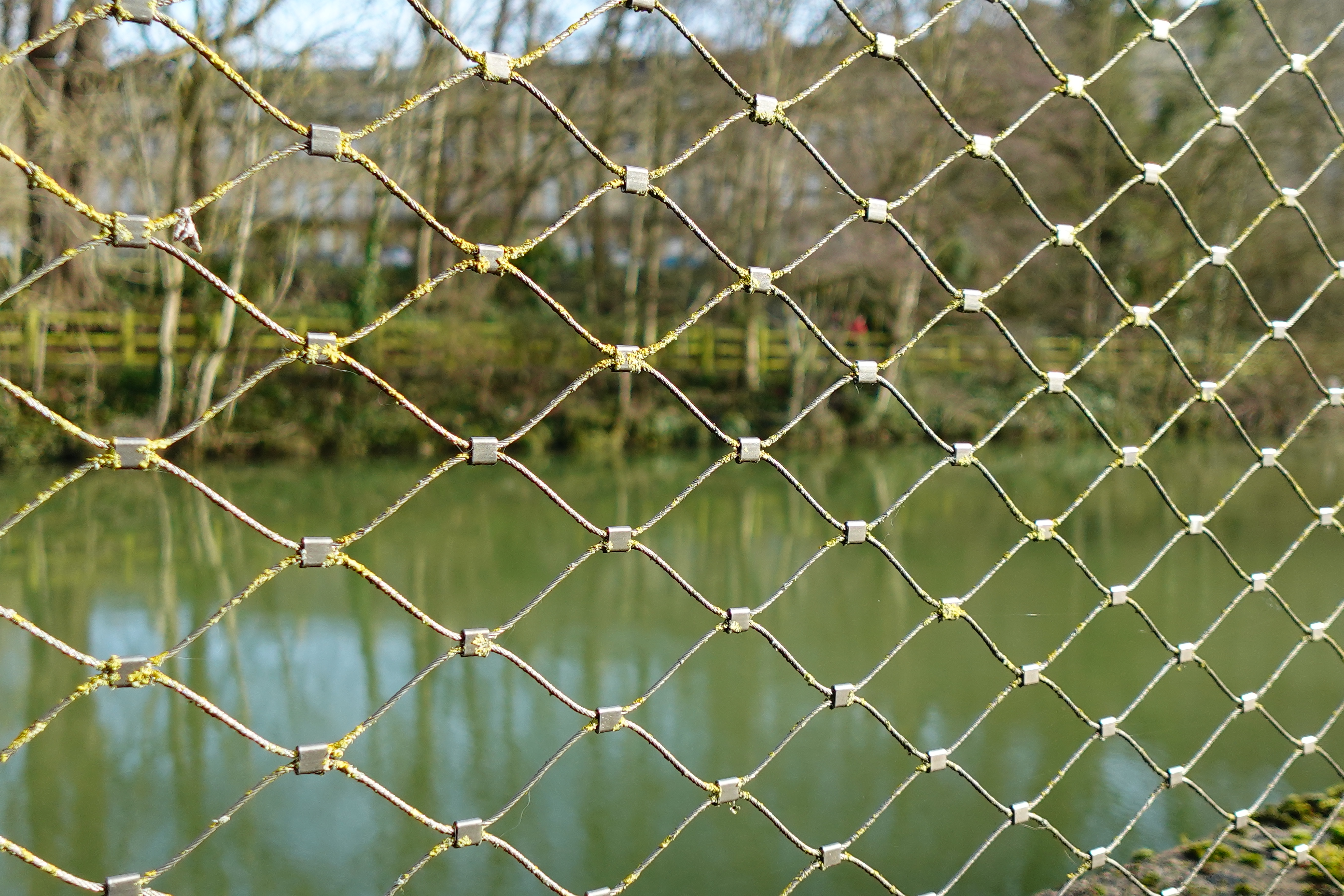
Overall, the ZV-1F does a great job at capturing stills and gives you a lot of creative freedom thanks to the many Creative Looks. Check out my gallery of sample images above.
Sony ZV-1F review: Battery life
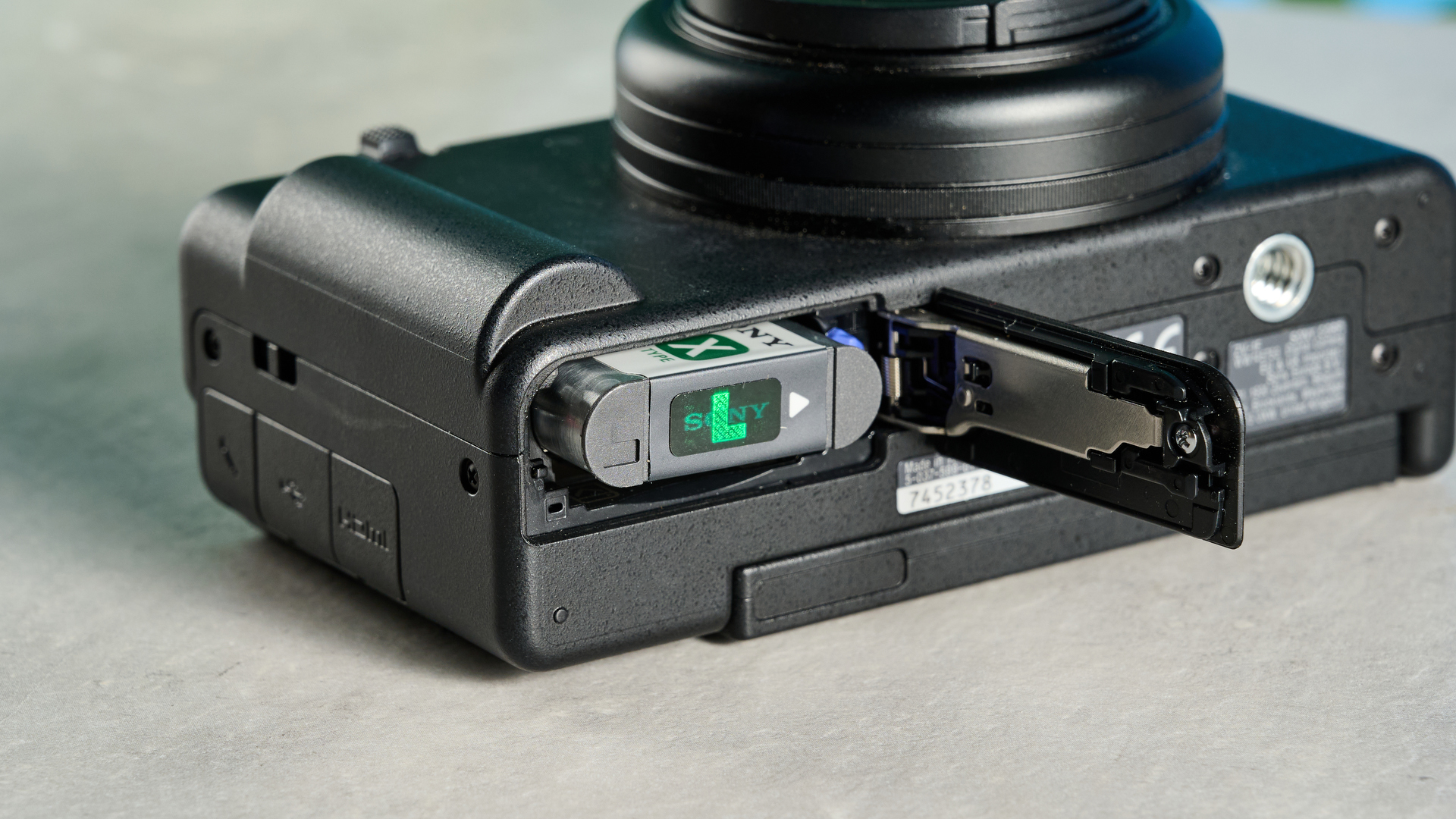
The Sony ZV-1F uses a NP-BX1 battery pack, which is also used by the ZV-1 II. According to CIPA standards, the camera can take 360 shots when the monitor is always-on, and this jumps to 540 when Auto Monitor Off is set to two seconds. In my testing, the camera’s battery drained after 310 shots with the monitor being always-on. This isn’t the best I’ve seen from a camera. For instance, the Canon EOS R50 yields 440 shots when using the monitor.
As for video, Sony claims the camera can record 60 minutes of video, although it doesn’t specify the resolutions, frame rates or recording formats used to hit that figure. In comparison, the Canon PowerShot V10 can shoot 55 minutes of 4K video and 90 minutes of Full HD video. I was able to record 43 minutes of 4K/30P video from a single charge, with the camera overheating after the 20-minute mark and again near the 41-minute mark.
Sony ZV-1F review: Verdict
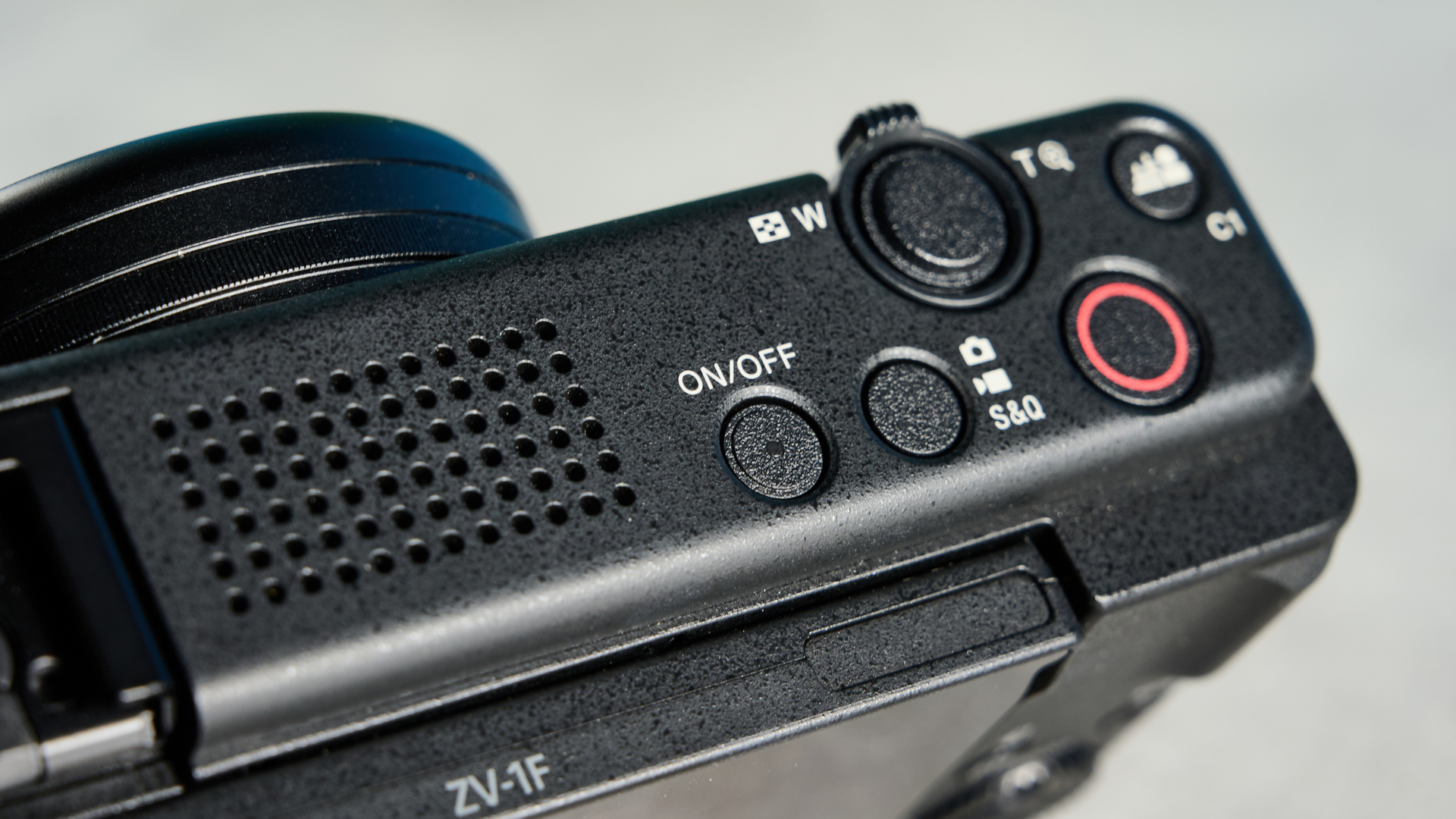
For vloggers on a budget, or those stepping up from smartphone videography, the Sony ZV-1F is a winner. The camera records detailed 4K/30P footage and 1080P/120fps slow-motion video, and its fast autofocus system tracks birds, animals and humans accurately. It ticks a lot of boxes with its vlogging-specific features. Product Showcase and Background Defocus work very well and are great for quick content creation, and you get 10 Creative Looks and S-Log 3 video capabilities to get really creative. The cherry on top is the built-in three-way capsule mic that records crisp audio.
However, the battery life is mediocre. The camera doesn’t feature in-body image stabilization either so you must rely on SteadyShot which incurs a crop, and it isn’t weather-sealed either so it’s sensitive to adverse weather conditions. But these are very minor cons in a camera this cheap.
Regardless of these shortcomings, the ZV-1F is a fantastic vlogging camera. And it costs just $499 — excellent value for money.

Nikita is a Staff Writer on the Reviews team at Tom's Guide. She's a lifelong gaming and photography enthusiast, always on the lookout for the latest tech. Having worked as a Sub Editor and Writer for Canon EMEA, she has interviewed photographers from all over the world and working in different genres. When she’s not working, Nikita can usually be found sinking hours into RPGs on her PS5, flying a drone (she's a licensed drone pilot), at a concert, or watching F1. Her work has appeared in several publications including Motor Sport Magazine, NME, Marriott Bonvoy, The Independent, and Metro.
